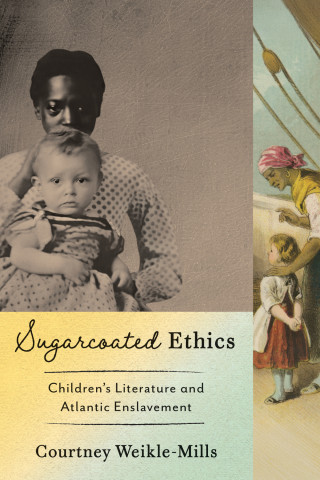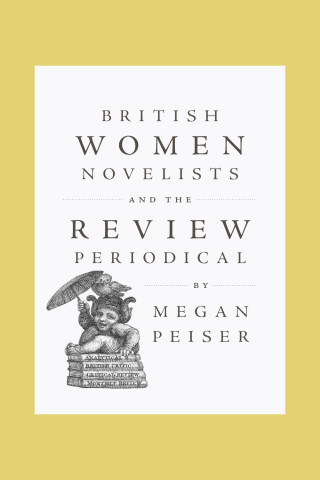
Reviews
Refreshingly, this impressive study of poetic form does not read the eighteenth century as a slow road to Romanticism, but fleshes out the period with surprising and important new detail.
In this intriguing formal study Starr breaks down the conventional barriers between the history of poetry and the history of the novel... Overall, a subtle and carefully executed genre study, of interest to anyone in 18th-century or Romantic studies.
For fifteen years or so, using a term provided by Mikhail Bakhtin, some Wordsworthians have characterized Wordsworth's lyric poetry as 'novelized.' G. Gabrielle Starr's Lyric Generations gives that characterization new force en specificity in the context of a larger argument that traces the interrelations of poetry and the novel through the long eighteenth century.
The rise of the novel, argues Starr, is strongly influenced by the lyric poetry which preceded it, while at the other end of the century romantic poetry owes much, in turn, to the rise of the novel.
Starr is an excellent close reader, and her observations about so large and diverse an array of texts are fresh, striking, and downright smart.
Starr provides a brilliant reading of Clarissa.
Starr excels... in juxtaposing works seldom compared and so granting us the wherewithal to reframe familiar histories of formal change.
Original and compelling book... that should inspire discussion for some time to come.
In this invigorating study, Gabrielle Starr shows that the lyric and the novel in the eighteenth century, far from being rivals or opposites, were codependents. In addition to novelistic elements in poems and lyric passages in novels, there were deeper currents of mutual development in a complex reimagining of subjectivity and representation. Lyric Generations ranges over a very wide range of examples, juxtaposing canonical texts with lesser-known ones, and develops a history of generic change that is also a lively and original reinterpretation of individual works.
This is an elegant and well-informed formalist analysis of relations between the lyric and the novel from the mid-seventeenth to the early nineteenth century. Starr is remarkably subtle and nuanced in her approach to questions of generic difference and modulation. Her book's stylish prose is thoughtful and lively, and its command of such a wide variety of poems and novels makes it a pleasure to read.
Book Details
Acknowledgments
Introduction
1. Clarissa and the Lyric
2. Modes of Absorption
3. Lyric Tensions
4. Rhetorical Realisms
5. The Limits of Lyric and the Space of the Novel
6. The Novel and the New Lyricism
Notes
Acknowledgments
Introduction
1. Clarissa and the Lyric
2. Modes of Absorption
3. Lyric Tensions
4. Rhetorical Realisms
5. The Limits of Lyric and the Space of the Novel
6. The Novel and the New Lyricism
Notes
Bibliography
Index





